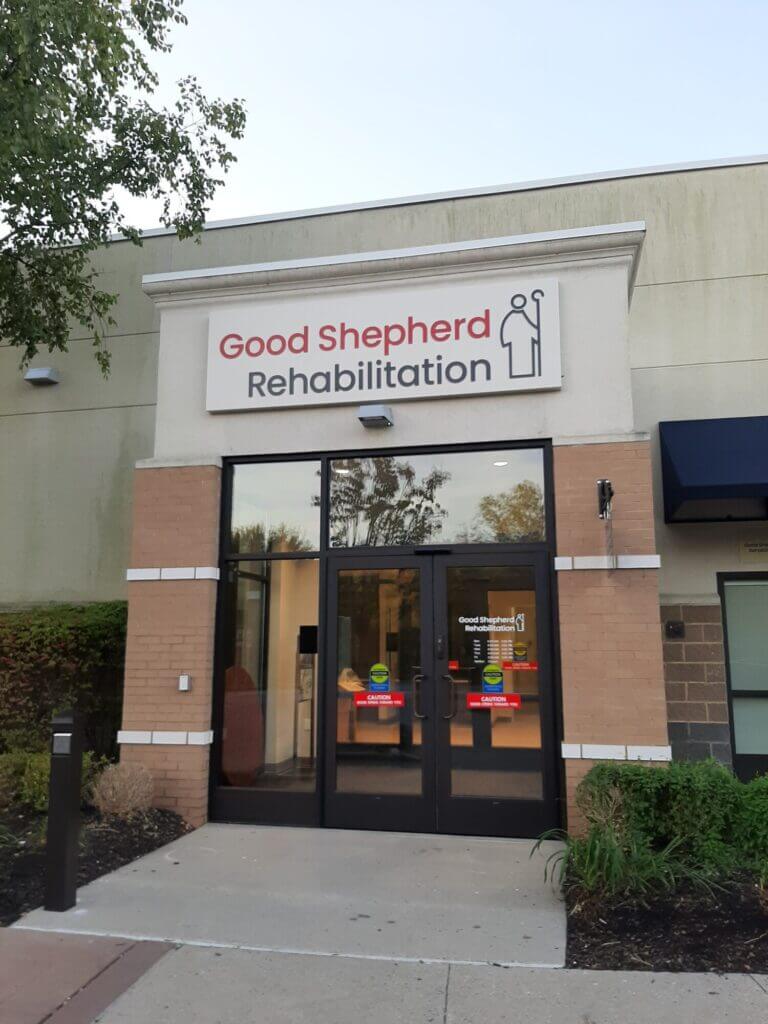Why Choose Us
Learn more about Good Shepherd Rehabilitation Hospital, a destination for recovery for stroke, brain injury, spinal cord injury and complex medical rehabilitation.

CENTER VALLEY, Pa. — Good Shepherd Rehabilitation opened a new 4,700-square-foot outpatient physician practice Oct. 20 at Promenade Saucon Valley, a regional open-air lifestyle shopping center.
Located at 2845 Center Valley Parkway (Suite 450) across the street from Good Shepherd Rehabilitation Hospital, the new outpatient practice is home to Good Shepherd’s Physician Group.
Good Shepherd’s physical medicine and rehabilitation (PM&R) doctors specialize in caring for people with disabilities, as well as patients recovering from or needing care for stroke, brain injury, spinal cord injury, orthopedic injuries, chronic pain and more.
“Our new location at Promenade Saucon Valley, which is conveniently close to Good Shepherd Rehabilitation Hospital on Center Valley Parkway, provides centralized, convenient outpatient access for the patients and families we serve throughout the area,” said Chief Medical Officer and Senior Vice President of Medical Affairs Sandeep Singh, MD, FAAPMR.
The Promenade location replaces Good Shepherd’s former outpatient space found in the former Rehabilitation Hospital’s first floor on the South Allentown Campus.

Patients will see Dr. Sandeep Singh, Dr. Vivan Shah, Dr. James J. Daley, Dr. Daniel McNeill and Dr. Jeffery W. Williams at the Promenade location.
Located behind Red Robin in the lifestyle center, Good Shepherd’s physician offices are open Monday through Friday from 8 a.m. to 5 p.m. Free and accessible parking is located in parking lot directly outside of the clinic’s front entrance.
To make an appointment, call 610-776-3278. The office accepts new patients.
In addition to the Promenade location, Good Shepherd’s outpatient Physician Group serves patients at: